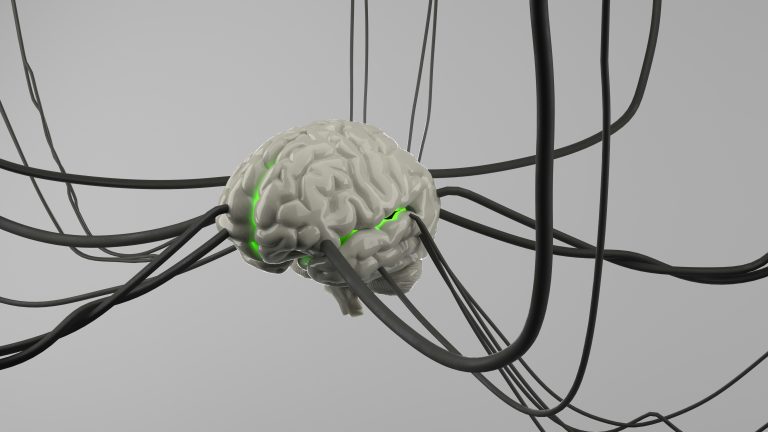Mental illness isn’t just about behavior or emotions; it’s deeply rooted in the brain’s biology. Neuroscience is peeling back the layers of complexity, offering insights that could transform how we diagnose and treat mental health conditions.
Consider advancements in brain imaging. Functional MRI (fMRI) allows us to see how different brain regions communicate, uncovering patterns associated with disorders like schizophrenia or depression. Meanwhile, neuroplasticity research shows that the brain isn’t static; it can rewire itself, opening doors to therapies that promote recovery.
However, translating these discoveries into everyday clinical practice is a challenge. The gap between research and real-world application often leaves practitioners without the tools to harness these breakthroughs. Bridging this gap requires collaboration between researchers, clinicians, and policymakers.
Actionable Takeaways:
- Stay updated: Neuroscience is evolving rapidly; continuous learning is essential.
- Collaborate: Partner with neuroscientists to integrate cutting-edge research into practice.
- Advocate for funding: Support policies that prioritize neuroscience research in mental health.


